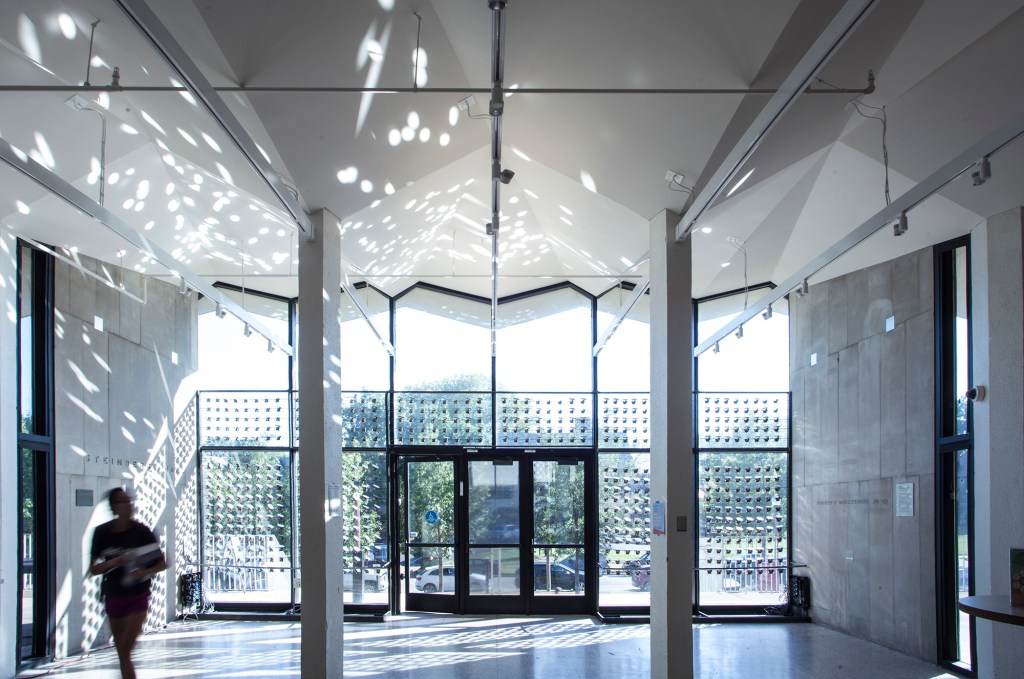“This is a really interesting way of bringing daylight into a building that isn’t actually about how well you can see.” —Juror Lauren Dandridge
A research project by St. Louis-based Open Source Architecture, the Catoptric Surface is a robotic light reflection system that draws in sunlight and reflects it using a glass wall covered with small, rounded mirrors. Each custom-fabricated mirror rotates independently and moves at the whim of electric motors and computational software. Light is directed from the mirrors to the building’s interior, forming spatial images and patterns of daylight.
Each mirror can collect the equivalent of one pixel of light. The location where each pixel is reflected is dictated by the light image that the software receives from the mirror. When the mirrors rotate to draw in and reflect sunlight, the program reproduces each low-resolution pixel in the building’s interior.
Aside from generating striking visuals, the system—installed as a prototype for the Sam Fox School of Design & Visual Art at Washington University in St. Louis—is designed for practical use. Daylight can be focused into specific areas to potentially reduce the load on artificial lighting. The designer made sure the system could adjust to meet the needs of occupants by allowing the apparatus to control the amount of light reflected and the quality thereof.
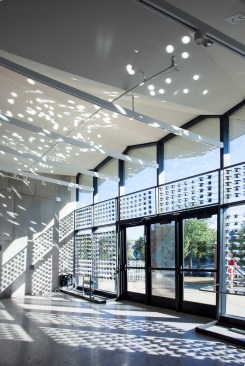
Chandler Ahrens
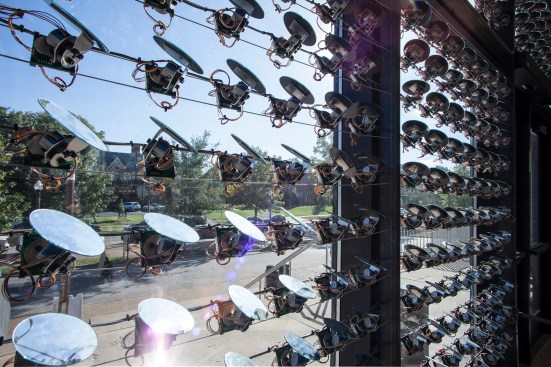
Chandler Ahrens
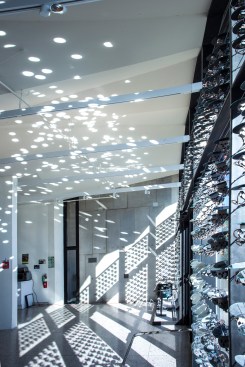
Chandler Ahrens
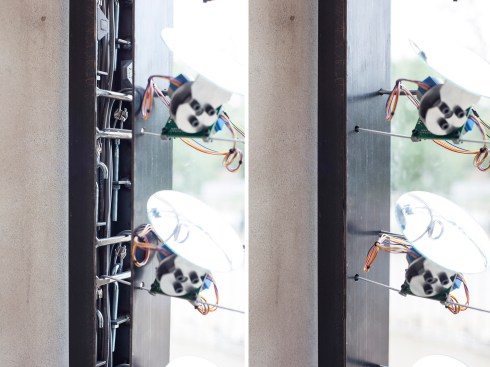
Chandler Ahrens
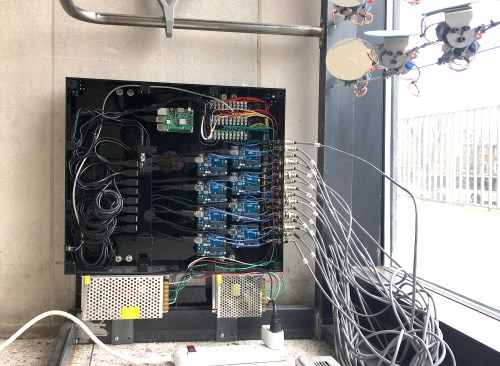
Chandler Ahrens

Chandler Ahrens
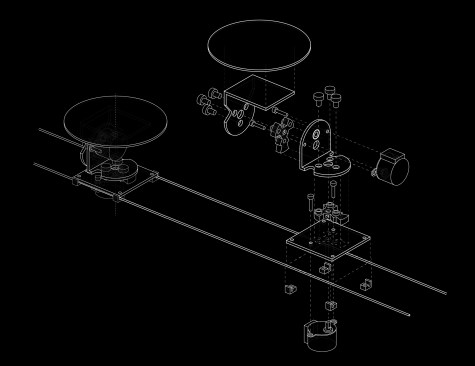
Chandler Ahrens
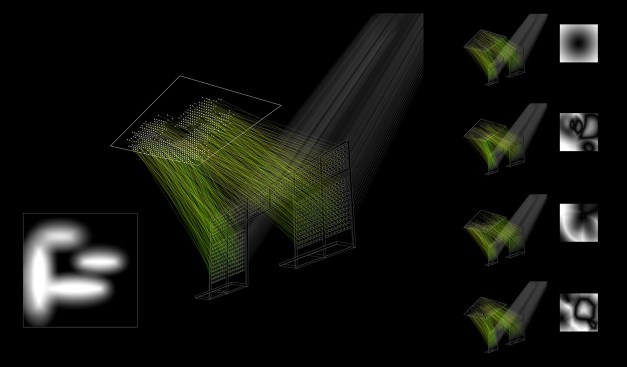
Chandler Ahrens
PROJECT CREDITS
Project Name: Catoptric Surface
Location: St. Louis
Client/Owner: Washington University in St. Louis
Lighting Designers: Chandler Ahrens, Roger Chamberlain, Scott Mitchell, Adam Barnstorff, Joshua Gelbard
Architect: Open Source Architecture
Photographer: Chandler Ahrens
Project Size: 29’ long x 11’ high
Project Cost: $30,000
Lighting Cost: $30,000
Watts per Square Foot: 16W/sf only when mirrors are intermittently moving
Code Compliance:
Lighting Product Manufacturers: custom manufactured prototype using stepper motors, lasercut aluminum & 3D printed parts, custom printed motor driver board, Arduino controllers, and Raspberry Pi computers
This article first appeared in the January/Fenuary issue of ARCHITECT.
